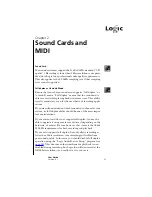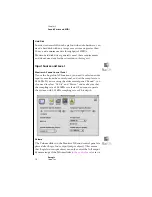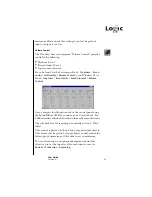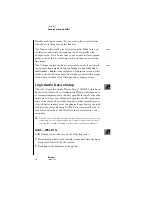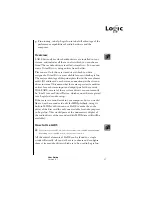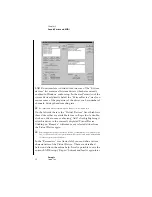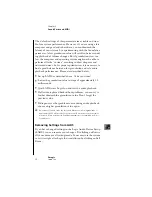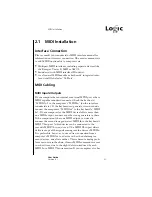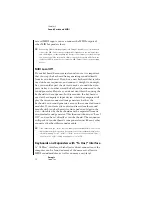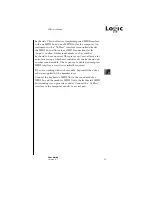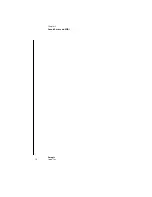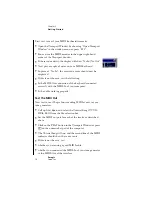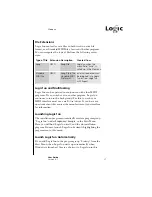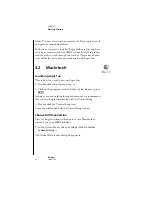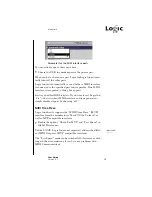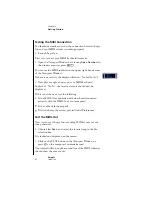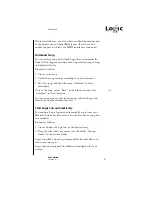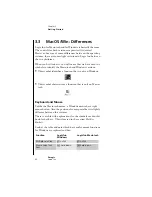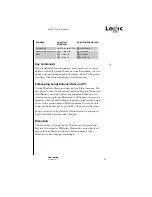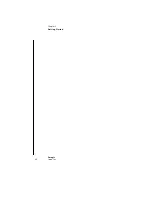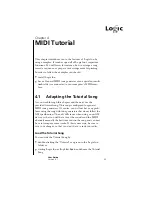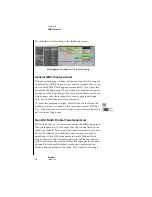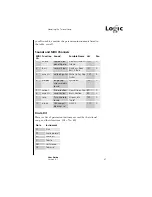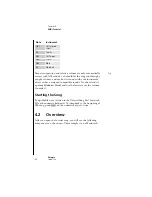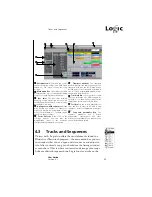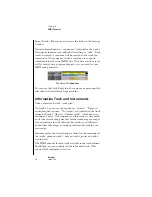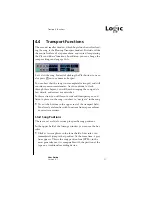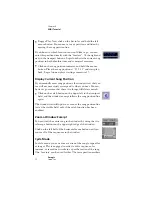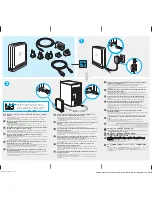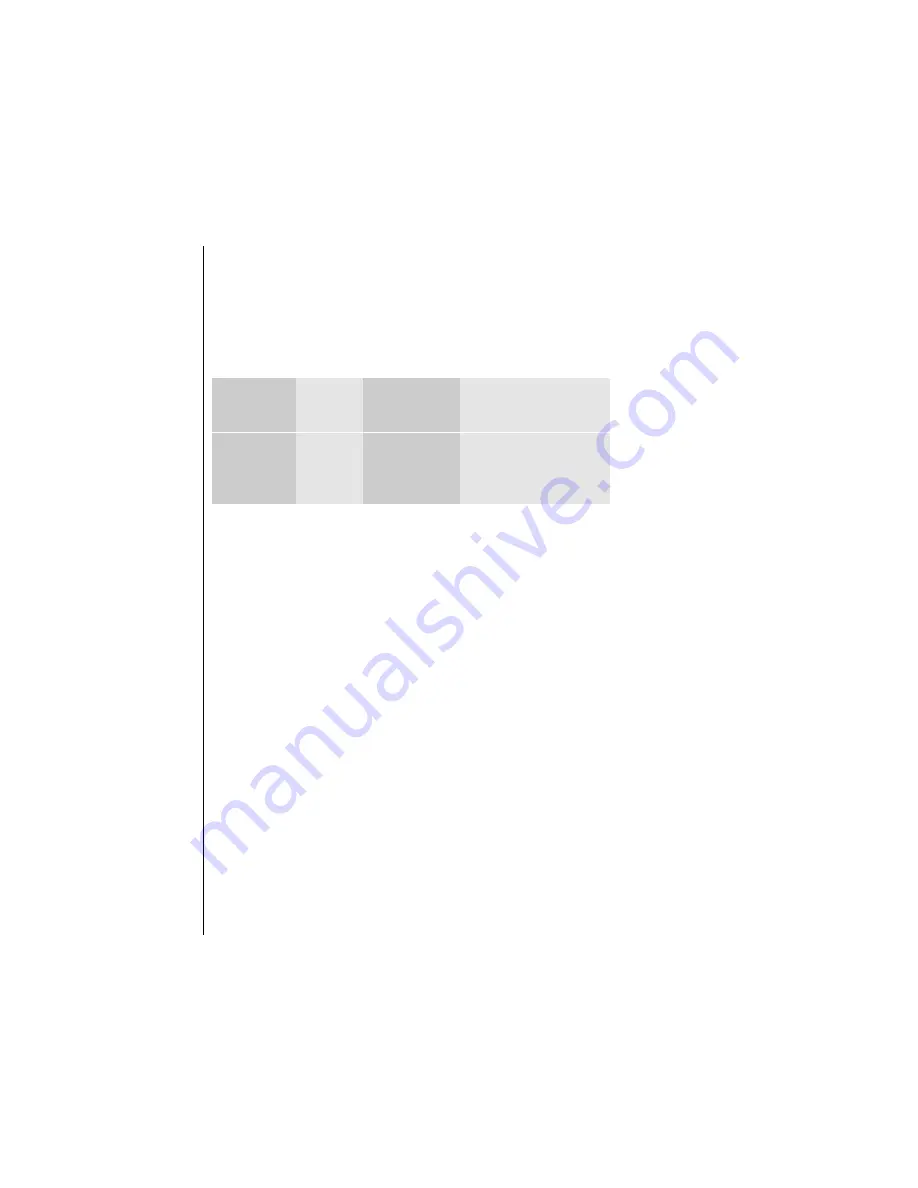
Windows
37
User Guide
Version 4.1
r
File Extensions
Logic fun can load or save files in both its own native file
format, or as Standard MIDI files, for use with other programs.
You can recognize the type of file from the following exten-
sions:
Logic fun and Multitasking
Logic fun can be operated in conjunction with other MIDI
programs. If you switch over to another program, Logic fun
continues to run in the background. For this to work, your
MIDI interface must use a multi client driver. If you have any
questions about this, contact the manufacturer of your interface
for information.
Launching Logic fun
The installation program automatically creates a program group
“Logic fun” under
Programs > Emagic
, in the Start Menu.
Here you will find Logic fun itself, and the de-installation
program. You may launch Logic fun by simply highlighting the
program icon in this menu.
Launch Logic fun Automatically
If you add Logic fun to the program group “Startup” from the
Start Menu, then Logic fun starts up automatically when
Windows is launched. Create a shortcut to Logic fun in this
Type of File Extension Description
Created from
Song
∗
.LSO
Song File
Logic fun when the
menu field “Save” is
called up in the file menu
Standard
MIDI File
∗
.MID
Song file in the
standard MIDI
file format
external sequencers can
be imported into Logic
fun or from Logic fun
with Export
Summary of Contents for Logic fun
Page 1: ...E Sof t und Hard wa re Gmb H l User Guide for Logic fun Version 4 1 March 2000 English ...
Page 2: ......
Page 6: ......
Page 8: ...Emagic Logic fun 8 ...
Page 26: ...22 Chapter 1 Features Emagic Logic fun ...
Page 38: ...34 Chapter 2 Sound Cards and MIDI Emagic Logic fun ...
Page 48: ...44 Chapter 3 Getting Started Emagic Logic fun ...
Page 72: ...68 Chapter 4 MIDI Tutorial Emagic Logic fun ...
Page 96: ...92 Chapter 5 Using Logic fun Emagic Logic fun ...
Page 110: ...106 Chapter 6 Transport Functions Emagic Logic fun ...
Page 140: ...136 Chapter 8 Audio Basics Emagic Logic fun ...
Page 162: ...158 Chapter 10 Mixer and Effects Emagic Logic fun ...
Page 174: ...170 Chapter 11 The Event List Emagic Logic fun ...
Page 206: ...202 Chapter 13 The Score Editor Emagic Logic fun ...
Page 224: ...220 Chapter 15 Video and MIDI Files Emagic Logic fun ...
Page 240: ...236 Glossary Emagic Logic fun ...
Page 256: ...252 Index Emagic Logic fun ...

